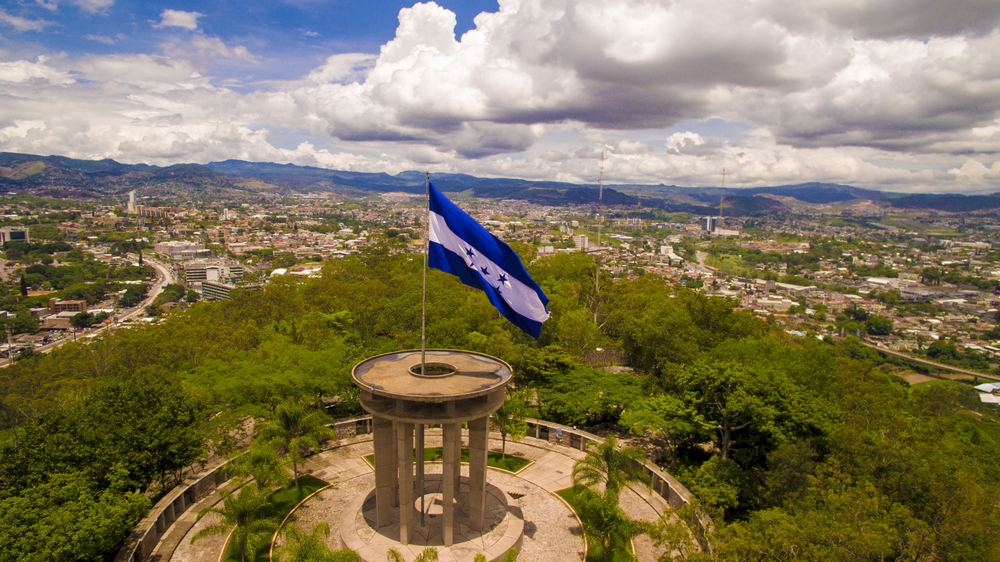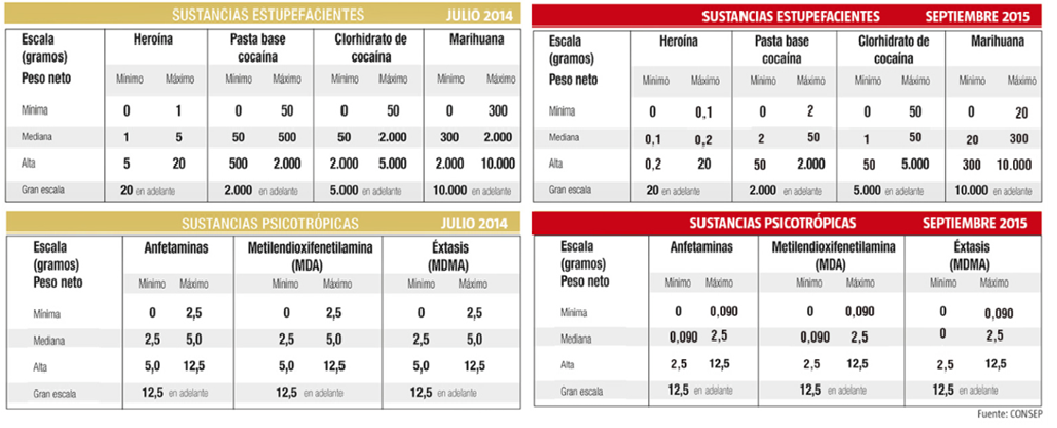Late last month, I got word via WhatsApp that six old friends were in the custody of Mexican immigration authorities. All are indigenous Tawahka from eastern Honduras’ remote Moskitia region. With only backpacks, they joined a larger group of migrants leaving from San Pedro Sula in late February. Four days later, they’d crossed from Guatemala into Mexico, and a week after that, they had traversed the state of Chiapas. La migra picked them up somewhere north of Mexico City on March 28. They have since been deported back to Honduras, and are now planning their next attempt to get to the United States.
As accustomed as we are in the U.S. to hearing about the plight of Central American migrants, the fact that indigenous Hondurans are joining that exodus might come as a surprise. Especially now: the latest news from Honduras would suggest a new era of hope, not despair. After all, the country seems poised to finally curtail the impunity, extortion, violence, corruption, elite-led extractivism, and environmental devastation that have flourished under the previous 12 years of U.S.-backed “narco-dictatorship.”
New president Xiomara Castro—her Libre party strongly backed by indigenous peoples and workers—came to power on a platform dedicated to defending human rights and citizen security, fighting corruption and drug trafficking, and mitigating the devastating effects of climate change on this hurricane-battered country. Since her inauguration in January, she’s moved swiftly on all fronts. Her predecessor and his former chief of police are both to be extradited to the U.S. on drug-trafficking charges. Her administration just banned new open-pit mines. She’s invited the UN to set up an anti-corruption commission. Environmental defenders are being freed from arbitrary detention. And in mid-March, her new Forestry minister announced immediate government action to enforce protection of the country’s watersheds and forests, with priority attention to protected areas and indigenous territories in the Moskitia, where the country’s astronomical rates of deforestation, much driven by drug-traffickers’ actions, have been concentrated.
For the many Hondurans who have long struggled to defend their rights to ancestral lands, to protect forests, and to mitigate climate change, these developments are truly inspiring. The focus on the Moskitia is particularly welcome. This is an area whose biological and cultural diversity are both extraordinary and co-dependent, and have offered crucial lessons on climate-adaptive living and governance.
But currently, indigenous peoples’ lifeways and lands in the Moskitia region are hanging by a thread. For the past decade or more, massively enriched by profits from routing northbound cocaine through this key transshipment hub, traffickers and their elite cronies have turned massive expanses of rainforest into cattle ranches, and put previous indigenous commons under oil palm plantations. Traffickers claim, buy up, and convert rural land to control territory, launder money, and create a lucrative—if illegal—land market. They can do this because they wield what anthropologist Marcos Mendoza terms “narco-power”: this is the power to bribe officials so effectively as to be above the law, and to control populations with extreme violence—or the threat of it— which undermines the coalitions and governance norms that formerly protected indigenous lands and conservation spaces.
In response to President Castro’s widely welcomed initiative to recoup traffickers’ ill-gotten gains, return indigenous lands to indigenous communities, and protect and restore the Moskitia’s remaining forestlands, the new narco-landowners are doubling down on their control of the land. They have started training rootless indigenous youth in the art of sicariato—how to become hit men. They’ve told any indigenous resident who plan to denounce them to authorities or attempt to reclaim their former homesteads, that they will be killed.
In over a decade of enduring life with narcos, indigenous residents have reported that they feel more threatened now than ever. One indigenous man who championed the new initiatives was shot in the stomach in a botched hit, and was spirited out of the region on a makeshift stretcher. Other leaders—the ones who were once the most outspoken about the destruction of indigenous territories and biosphere reserves—have gone underground in Tegucigalpa, the capital. Another has sought refuge in Mexico. And regular indigenous family men, inheritors of vital collective ecological knowledge—onetime farmers and fisherman, dugout canoe builders and expert ecotourism guides—are giving up. Some have gone to find work picking coffee near the El Salvadoran border. Others, like my friends captured in Mexico, have headed north. They just don’t see a future in their homeland.
This is why drug policy is also climate policy.
The global drug prohibition regime does two basic things. First, it ensures that all those who make, move, or simply take drugs are seen as criminals. Second, it keeps prices and profits high, which serves to massively enrich the middlemen who move drugs—whether they’re “narcos”, “cartels”, “transnational criminal organizations,” “mafia” or called anything else. And those rich criminals will always exercise their narco-power to protect that profitability. That means corrupting as many politicians, judges, mayors, police, and port and border authorities as they can; it means controlling as many trade and shipment routes as they can; and it means investing their profits in as many forms of speculative long-term investments as they can, including highly profitable land and agribusiness. And it also means defending those investments from any “threat”—including from any state-led governance initiative to restore and protect forestlands.
As long as cocaine and other drugs keep being produced in one part of the world and bought in another, there will always be middle-men in transit countries like Honduras that will get immensely rich from merely moving them along. And as long as drugs keep moving through Honduras, President Castro—leading one of the poorest countries in the hemisphere struggling with crushing external debt—will likely remain limited in her ability to tackle narco-power. She may aspire to prioritize climate mitigation, and should be celebrated for doing so; but her administration’s ability to actually act on that commitment will remain profoundly handicapped while there is such a strong actor with considerable resources, aided by the international system of drug prohibition.
This isn’t just happening in Central America, or in Latin America. These same dynamics are repeated world-wide, wherever drugs are grown and move through borderlands, and in countries that already struggle with governance issues, from the opium landscapes of southwestern Myanmar, the cocaine hubs of Guinea-Bissau, to the multi-commodity smuggling sites of eastern Panama. All are sites where modes of narco-power currently dominate the governance of landscapes. And yet they are the very landscapes with the greatest potential for planetary carbon sequestration, and thus where effective, transparent land management is most needed.
Indeed, the latest IPCC Report calls for “accelerated action” to “safeguard and strengthen nature” and to “restore degraded ecosystems.” The report stresses that the implementation of adaptation and mitigation options “depends upon the capacity and effectiveness of governance and decision-making processes.” In other words, effective climate action requires governance contexts where the rule of law is functioning, where states have legitimacy and authority, and where criminal actors—whose Number One revenue stream is drugs—do not ultimately determine the fate of land, resources, and biodiversity.
As long as global drug policy is dominated by drug prohibition, there will be powerful criminal actors at every scale—from rural villages to the highest halls of power—who will undermine the sound and sustainable management of the land and resources that are so essential to our planetary future.
Kendra McSweeney is a Professor at the Department of Geography in the Ohio State University. She is primarily interested in human-environment interactions, with focus on issues in cultural and political ecology. She is the author of “The Impact of Drug Policy on the Environment" and has also written on the intersection of drug trafficking, particularly the cocaine supply chain; her work can be read here.


